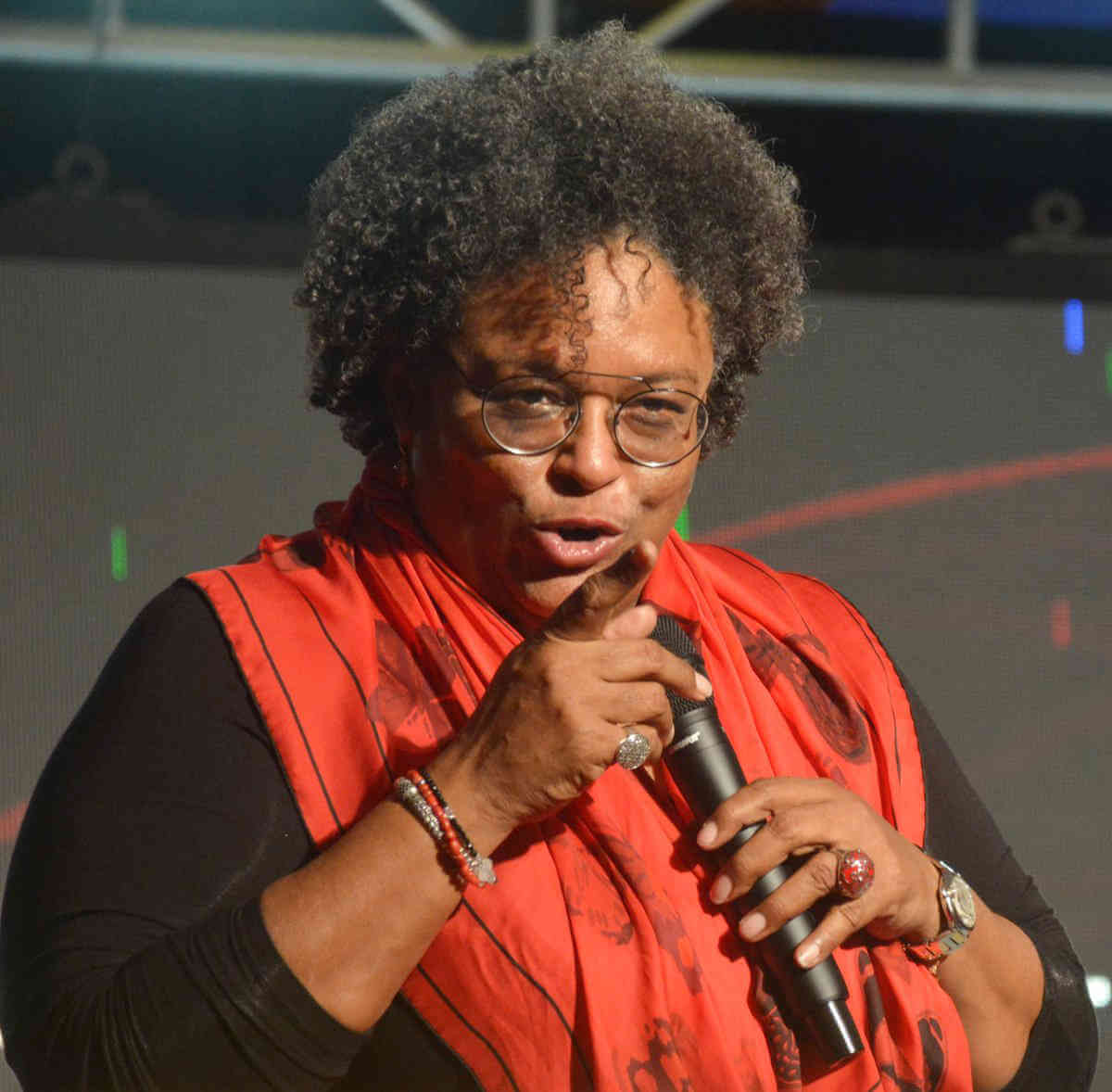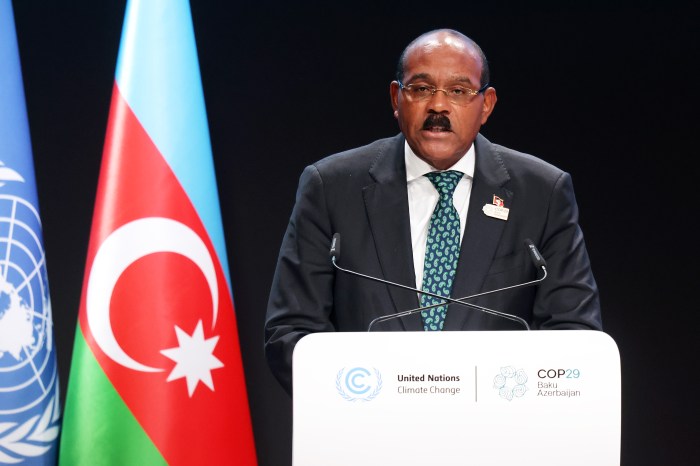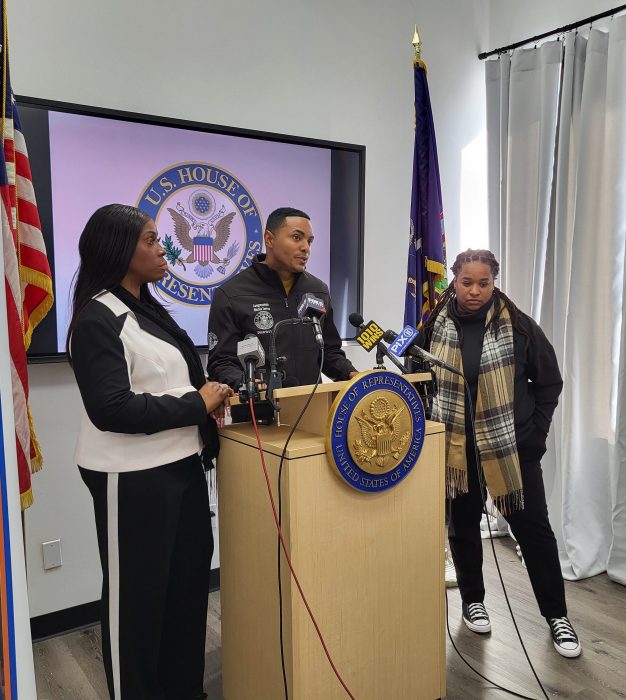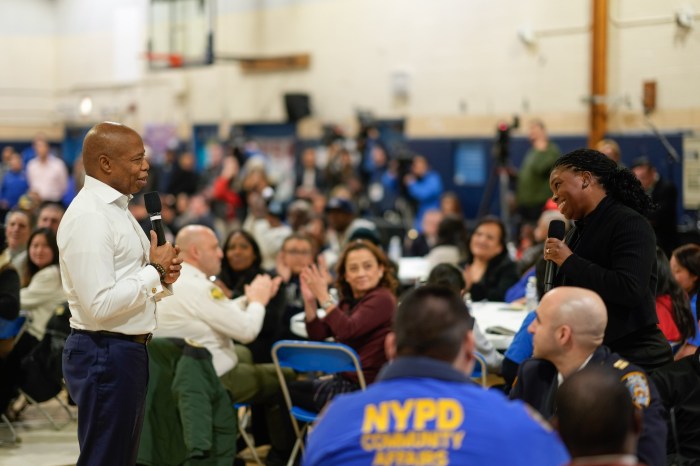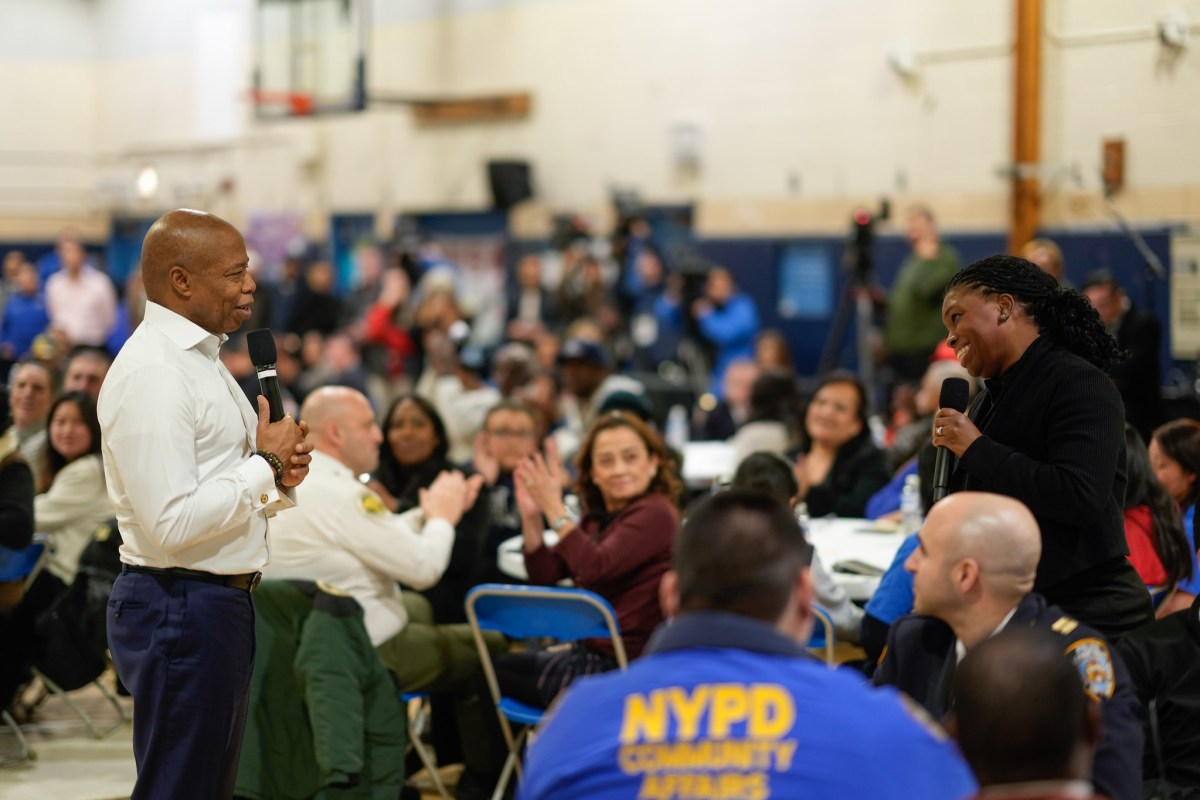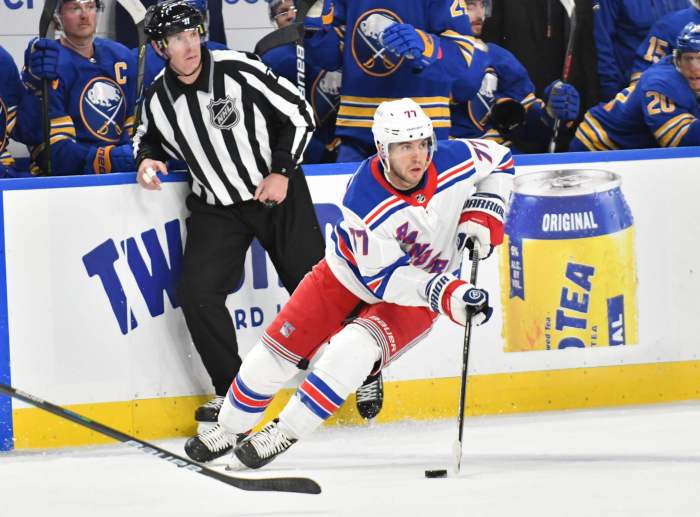There is a growing debate in the Caribbean Community as to whether now is not the most appropriate time to dispose of several colonial era statues of European slave traders and some of the vilest colonizers mounted in some of the prime of real estate areas across the region.
The Black Lives Matter Movement in the US and other parts of the world appears to have provided just the spark some activists in the region needed to reawaken the debate about and efforts to take down imposing statues of British sea warrior Lord Horatio Nelson and of course, the most famous of them all-Christopher Columbus in Trinidad.
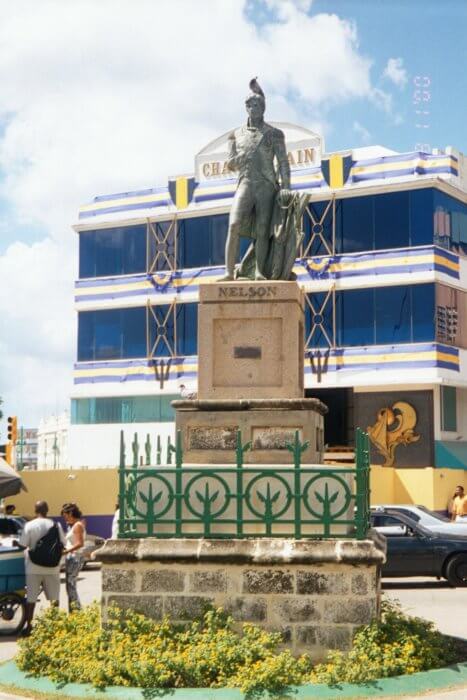
In Barbados, islanders have the support of the cabinet of Prime Minister, Mia Mottley to remove the statue of Nelson from Heroes Square in downtown Bridgetown and to dump it somewhere out of sight as he was a rabid campaigner against emancipation from slavery.
But before any move is made, Mottley, widely regarded as one of the most able and respected leaders in the bloc of 15 community nations, wants the nation to decide only after island-wide consultations are arranged. It appears to be a foregone conclusion. In this effort, she appears to have the overwhelming support of today’s younger generation who contend that Nelson did nothing for Barbados other than visiting the island in the 19th century at the invitation of white plantation and slave owners. His bust should therefore be taken down and placed out of sight as it offends the racial and cultural sensibilities of too many Barbadians the activist argue.
In neighboring Trinidad, there is less public support for removing the statue of Columbus in downtown Independence Square as public attention appears to be linked more to the commercial reopening of the twin-island statewith Tobago after the COVID-19 lockdown and to preparations for general elections scheduled before year end. The two major parties are screening constituency candidates for the 41 parliamentary seats.
In the past week, the cabinet has received timely support from several quarters including that of the Caribbean Reparations Commission (CRC) through, Professor Hilary Beckles, its chair. Beckles is also the vice chancellor of University of the West Indies.
“The 85,000 enslaved Blacks entrapped in Barbados only knew of Nelson as leader of the naval power dedicated to keeping them in slavery. The 15,000 slave owners in Barbados who welcomed Nelson in the Caribbean and celebrated his presence, did so because their greatest fear was Black freedom.” Beckles argues that Nelson was the sworn enemy of Barbadian Blacks. “The enslaved Black community was not invited, therefore, to be a part of the decision made by enslavers to erect the Nelson monument in Bridgetown in 1813.”
As a signal of where the cabinet is on Nelson, Mottley encouraged Barbadians “to follow me on this issue when we have the conversation because I, like you, believe national heroes square should be the home of a national hero of Barbados. I, like you, believe we will be in a better position but the government is not going to definitively state a position without a consultation.”
In Port of Spain, Trinidad, a debated raged at mid week, all attention turned to City Mayor Joel Martinez and his council as they decide whether to fell the statue and remove Columbus from one of the most prominent and busiest parts of the capital as activists blame him for the genocide if thousands of indigenous people. Indigenous and African groups in Trinidad have long called for the removal of colonial era offensive statues.
“We are happy about the fact that Trinidadians are discussing their history and confronting their past, but pained by the way that some want to marginalize the indigenous voice on this matter, in keeping with the classic Columbian tradition,” said African activist Shabaka Kambron to the Newsday Newspaper. The two groups have been collaborating on the issue.


